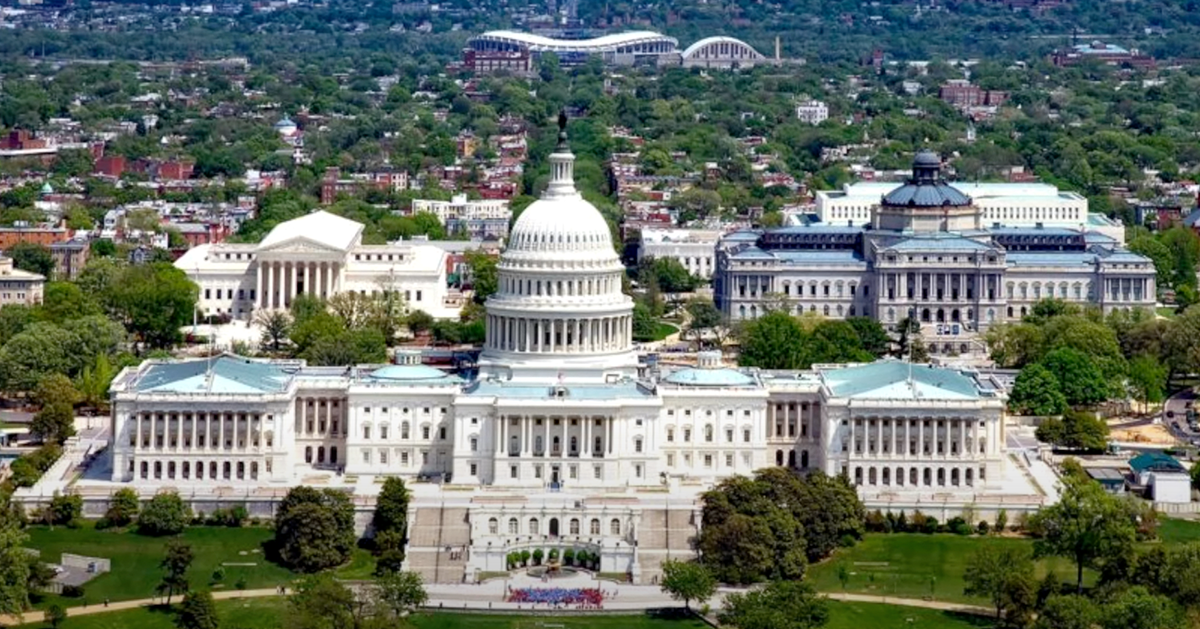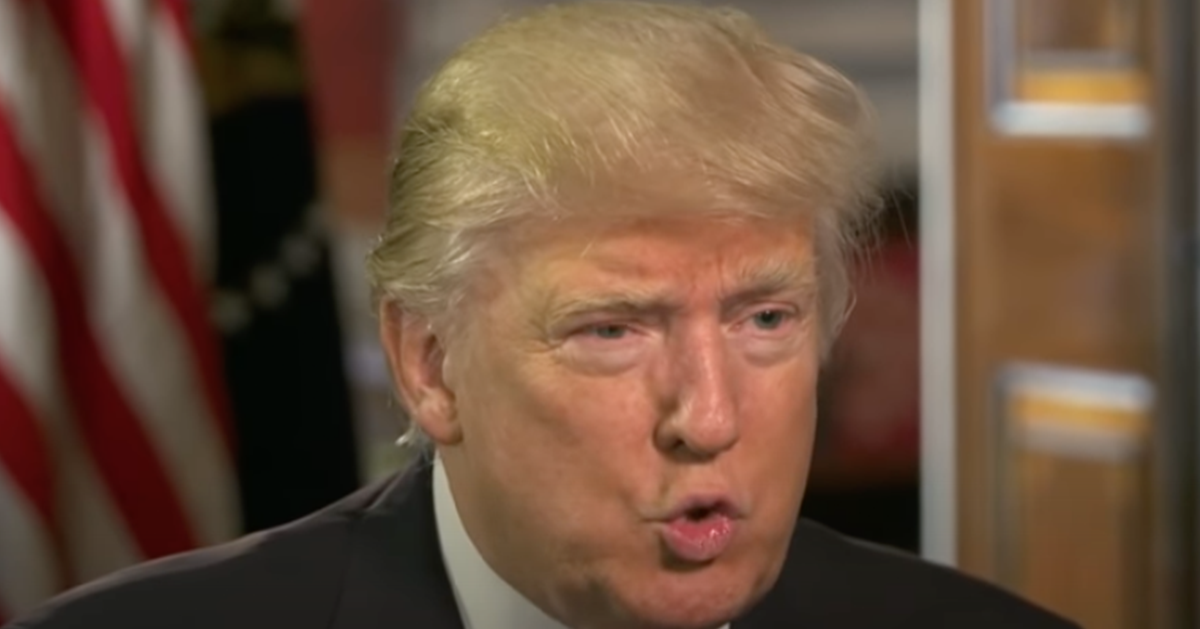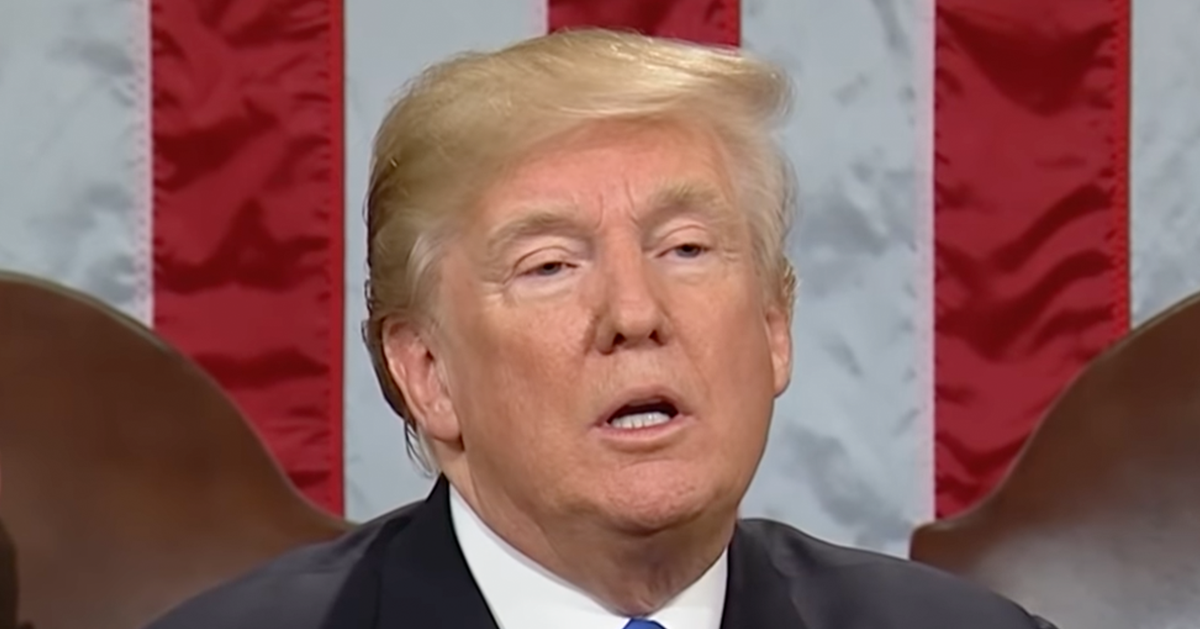White House press secretary explains rationale for restricted journalist access to staff areas
Buckle up, folks -- the White House just slammed the door on journalists’ freewheeling access to key offices, and the press corps isn’t happy.
On Oct. 31, the White House and National Security Council rolled out a new policy barring reporters from Room 140, known as "Upper Press" near the Oval Office, unless they have a scheduled appointment, a move press secretary Karoline Leavitt says was prompted by alleged eavesdropping and unauthorized recordings that sparked backlash from the White House Correspondents’ Association, as Fox News reports.
From Open Doors to Locked Gates
Until recently, credentialed journalists could pop into Room 140 on short notice for impromptu chats with senior officials. Those days are over, as the White House cited incidents of reporters allegedly recording conversations without permission and listening in on sensitive discussions. It’s a pragmatic move, if you ask any conservative who values order over the chaos of unchecked access.
Leavitt didn’t mince words when explaining the change. “We felt it became very inappropriate for reporters to be loitering around sensitive information in our offices,” Leavitt said. She’s got a point -- when staff can’t hold a meeting without reporters playing spy outside the door, it’s time to draw a line in the sand.
Details of Reporter Misconduct Emerge
Leavitt elaborated on the disruptions, painting a picture of reporters heckling officials and trying to overhear private briefings. “We'd have staff meetings in the morning. Some of the reporters started to pick up on that,” Leavitt said.
“And we'd walk out, and they would be out there trying to listen,” she continued. “If Secretary Rubio or the chief [of staff] want to come in and brief us on something, you'd have reporters out there heckling them. It just became an inappropriate work environment.”
Balancing Access with Accountability
Under the new rules, journalists can still enter Room 140, but only with a pre-arranged appointment.
Leavitt insists that, despite the public outcry on social media, many reporters have quietly accepted the setup as long as they can book time for interviews. It’s a fair compromise -- access isn’t denied, just structured, which seems reasonable given the reported antics.
Press Corps Pushes Back
Not everyone’s on board with this change, especially the White House Correspondents’ Association.
“The White House Correspondents' Association unequivocally opposes any effort to limit journalists from areas within the communications operations of the White House that have long been open for newsgathering, including the press secretary’s office,” said Weijia Jiang, CBS News White House reporter and the association’s president.
While their concern for transparency is noted, one wonders if they’re ignoring the reality of why these restrictions popped up -- reporters overstepping boundaries isn’t exactly a badge of honor.
A Middle Ground or a Misstep?
The backlash from the press corps, led by Jiang, suggests this policy might hinder spontaneous interactions with senior officials. Yet, isn’t it telling that Fox News Digital reached out for further comment from the association and got no immediate reply?
Perhaps the outrage is more performative than substantive, especially if, as Leavitt claims, many journalists are privately fine with the appointment system.
What’s Next for White House Reporting?
The new policy may reshape how news is gathered at the White House, forcing journalists to adapt to a more formal structure. While the press corps cries foul, the reality is that appointment-based access still offers a pathway to information—just not on their whimsical terms.
Maybe it’s time for the media to focus less on hallway gossip and more on substantive reporting, a win for those of us tired of sensationalism over substance.





